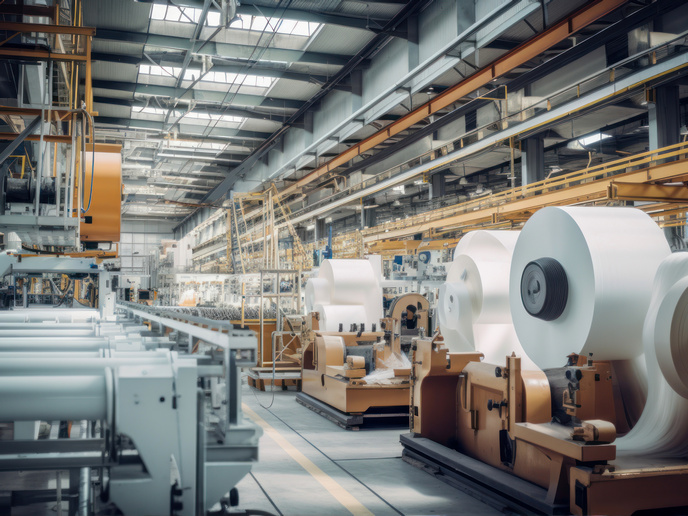Giving industrial machinery a new lease of life
Well-functioning equipment is critical to industrial productivity, and replacing ageing machinery can entail a huge investment. This situation often presents manufacturers with a dilemma – whether to continue with outdated machinery that can break down, or to carry out a costly replacement. The problem is that disposing of old machinery is not only expensive – it also carries a large environmental footprint. A more cost-efficient and environmentally friendly solution would be to give such machinery a second life, through the development of new technologies and methods that can self-assess, repair and encourage the reuse of industrial machinery wherever possible.
Making machinery more sustainable
This was the aim of the RECLAIM project, which brought together 22 partners including five end users. These manufacturers, active in the fields of friction welding, shoemaking, furniture making, and textiles and dishwasher manufacturing, use machinery to produce their products that are often years or even decades old. “This project was about finding ways of making this machinery more sustainable,” explains RECLAIM project coordinator Michael Peschl from Harms & Wende in Germany. “This involves installing predictive maintenance, to make machinery more modular so that it is easier to exchange parts, and thinking about new business models such as the leasing of machinery.” In order to improve productivity and performance, the project team investigated the use of digital analytics, the internet of things (IoT) and sensors, in order to detect any problems before they occur. These solutions were then developed and trialled in real industrial environments.
Smart production line digital solutions
All five end users installed smart digital solutions in their production lines, providing them with valuable data concerning the state and productivity of their machines. “We tried to find a balance between helping manufacturers with their daily problems, and also looking at more strategic aspects of maintenance,” says Peschl. These solutions included an online decision support framework. This system gathers data about the machinery’s performance, sourced from sensors. These sensors can be tailored to specific needs, to better understand machine performance and encourage predictive maintenance. Another technological innovation combines sensors with real-time situation monitoring, in order to extend the lifetime of the machinery. “This was about improving machinery already in place wherever possible,” adds Peschl. The project team also developed a digital twin, enabling manufacturers to simulate their production lines digitally, to identify any unforeseen problems or maintenance needs. Machine learning was also used to develop a business intelligence tool, helping manufacturers to make informed decisions about their production line investments.
Bringing digital tools to market
Impacts of the installed RECLAIM technologies were then measured against key performance indicators (KPIs), identified by the five end users before the start of the project. Each end user focused on areas they felt were especially important for their business, for example productivity. “The shoemaking manufacturer in our consortium always had an issue with membranes in their machinery,” explains Peschl. “These were breaking without warning, resulting in days of repair.” The manufacturer now uses a digital degradation model that simulates when the membrane is likely to break, and has installed sensors to detect issues in real time. “All end users achieved their KPIs and were very happy with the results,” notes Peschl. “We have successfully brought one of our tools to market, and partners in the consortium are getting close to commercialising other innovations.”
Keywords
RECLAIM, industrial, manufacturing, furniture, welding, IoT, sensors, digital

